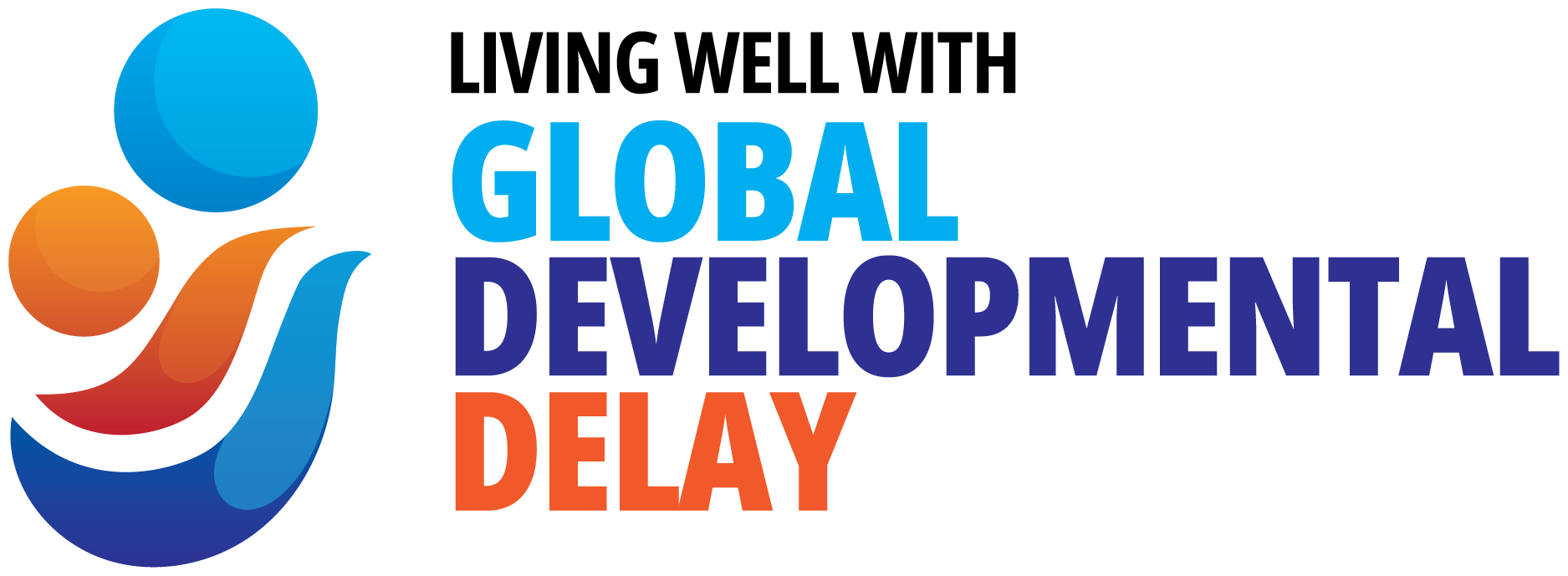- How do you want your meetings to be held? Ask for what you need.
- Understand what is allowable in a plan.
- Flexible plans allow you to adapt to your child’s needs
- Create a family centred Team Around your Child
Working with NDIS
Key Messages
Managing your NDIS Planning Meeting
When, where, with whom and how do you want to hold the meeting? Ask your planner to offer you a suitable time.
Where? When?
The meeting can take a few hours. Consider organising the meeting on a childcare day so you are not distracted.
The meeting will be by phone or in person. Ask for the meeting to be held the way you prefer.

With Whom?
- Maybe take someone with you. You can work together to make sure you cover everything you need to in the meeting.
- Has the planner met your child? This may help them understand your child’s needs.
How?
Go through the list of information you have gathered and all the areas you would like support for
- Tick off the areas that get covered by the planner
- Raise the other areas that have not been discussed yet.
Discussion will focus on what your child cannot do, rather than what they can do. After doing this change the focus to what you want your child to achieve.
Understand what is allowable in a plan
There are rules about how people can use NDIS funds. Understanding this will help you understand what you can ask for.
A support or service needs to be considered to be reasonable and necessary. A plan won’t cover costs that a family would normally pay for e.g. swimming lessons.
https://www.ndis.gov.au/understanding/supports-funded-ndis/reasonable-and-necessary-supports
“Reasonable means that it is fair. Necessary means you really need it. The NDIS will give money for things that are fair and that you really need to live a good life.”
https://www.ndis.gov.au/understanding/supports-funded-ndis/reasonable-and-necessary-supports/would-we-fund-it
Every child and every family is different. Your feelings as you take the journey from noticing your child may have a delay, to diagnosis, and beyond may also be different from that of other parents. There is no right or wrong way to feel.
Creating a Quality NDIS Plan
WHAT TO CONSIDER
Children change as they develop, especially when they are receiving early intervention.
Requesting a flexible plan:
- allows you to benefit from the expertise of your child’s intervention team
- helps you work around gaps in availability of services
- can adapt to your child’s needs.
Your child’s plan will be flexible if you focus on creating:
- general goals, rather than making them too specific
- what you want help with, rather than particular services.
Research has shown that to get the best outcomes from intervention your plan and intervention will use 8 key practices.
- Family-Centred and Strengths-Based Practice.
- Culturally Responsive Practice
- Inclusive and Participatory Practice
- Engaging the child in Natural Environments
- Collaborative Teamwork Practice
- Capacity-Building Practice
- Evidence Base, Standards, Accountability and Practice
- Outcome Based Approach
Ref:
Measure your plan up against these indicators of quality practices.
So that your plan is manageable for your family, tell the planner about any important situations experienced by your family.
This could include:
- Current circumstances: parents not living in the same house, family members who are unwell, other caring responsibilities, work commitments of parents, children at risk, housing needs, siblings/other family commitments
- Future circumstances: any changes ahead such as moving home, preschool or school.
Each family member who supports your child can help with their early childhood intervention. This can be included in the plan. Your child needs their parents, carers, babysitters, grandparents and support workers to know how to provide support.
It may be hard to know services what you want, particularly if this is your first plan, or you are just starting in early childhood intervention.
How? What? services and with Whom?
Keep the plan flexible i.e. a mix of training sessions, online catch-up meetings, joint sessions, development of resources as well as individual sessions with your child. Flexible funding means you can adjust to any changes made through intervention, a service change as well as cope with fluctuating availability of services.
Specific programs: Some programs will give you skills you can use long term such as Key Word Sign or Hanen®. Ask your planner to include them in the plan. These are cost effective because they are “building your capacity” to support your child’s development.
When and Where services are delivered?
The Best Practices in Early Childhood Intervention recommends services are delivered at home and in the community.
Request funds for travel costs.
Support at childcare / preschool /school will need to include time to:
- organise access to the centre / school and to comply with guidelines
- keep everyone involved.
Build funding into your plan for a Team Around Your Child approach, with a key worker and regular meetings and communication.
A team approach will improve the outcomes of your child’s early childhood intervention as it:
- means consistency for you and your child
- keeps the focus on priorities
- keeps everyone informed and up to date
- solves problems and adapts plans more readily and
- ensures adults are engaging with your child in the same way.
REF:
A planning meeting is a great opportunity to gather ideas from others about how to support your child. Your planner does this every day.
They will help you:
- understand what can be included
- think about long term goals
- think of new ideas.
Courses and Parent training:
Training courses, particularly ones that help parents and carers learn specific skills can increase rates of progress for a child. This is because adults learn how to make the most of opportunities across the day.
Equipment:
Your child may need specific equipment to help them be independent and safe. This includes devices that help a child communicate, move about, feed and look after themselves e.g. shower. Equipment needs are individual and will need an assessment by allied health practitioners with appropriate knowledge and expertise. When you first include equipment in a plan you probably won’t know exactly what you need. Your funding will let you assess, measure and trial equipment in all the settings where it needs to be used. Once completed you can submit a specific assistive technology (AT) request to NDIS. The new request will include funding to purchase the equipment, set up it up, train everyone to use it and to monitor how it is being used.
Behaviour Support:
Some children might benefit from specific funding to help manage any behaviours of concern, particularly in order to reduce safety risks to the child or others.
If you feel distressed thinking and reading about this topic,
talk to your GP or health professional. You can also call Lifeline on 131 114.
NDIS Goals that meet your child’s needs
Writing workable goals
It is important to develop clear NDIS goals because you and your team need to know what you all are working towards. that meet
A goal needs to be specific yet broad enough to still fit as your child develops.
Your early intervention team members can then
- monitor how your child’s goals are going and
- report on progress with these goals when a plan is reviewed.
Great goals are SMART goals
S – Specific
M – Measurable
A – Achievable
R – Realistic
T – Timely based
Not Smart = My child will be ready to start school.
Smart = My child will prepared to start at a school that has been prepared to support him.
You will need to share your goals with your team when you start services
REF:
